‘I’m no scientist’, I think to myself while pondering my wondrously unrestrained fascination with moss and its otherworldly, ethereal-fairyland-flavored aura, ‘but I am a devotee whose favorite theatre is the forest floor’. Pondering the uneven ground as I walk the trails has cultivated an appreciation for moss’s magical carpeting along with its loyal cousins, liverwort and lichen. The wilds of Pennsylvania, including our own back yard, are a veritable treasure trove of hidden worlds ruled by these ancient, delicate looking biome-builders.
While collecting facts for this post, I happened upon sites by state with catalogs of moss, liverwort, and lichen if you’re interested. Here I’ll simply mention that moss, in particular, embarks on a noble quest during its lifespan of up to 200 years. Two hundred years, man! This wunderkind lives through almost 10 generations of the average human’s family tree, all the while imparting an almost prehistoric wisdom of environmental rebirth to the fortunate ecosystems it calls home. I’ve included a link to the primary source of my research, at the end of this post. All photos were captured with either iPhone 8+ or iPhone 16+, by author Cori Bren.
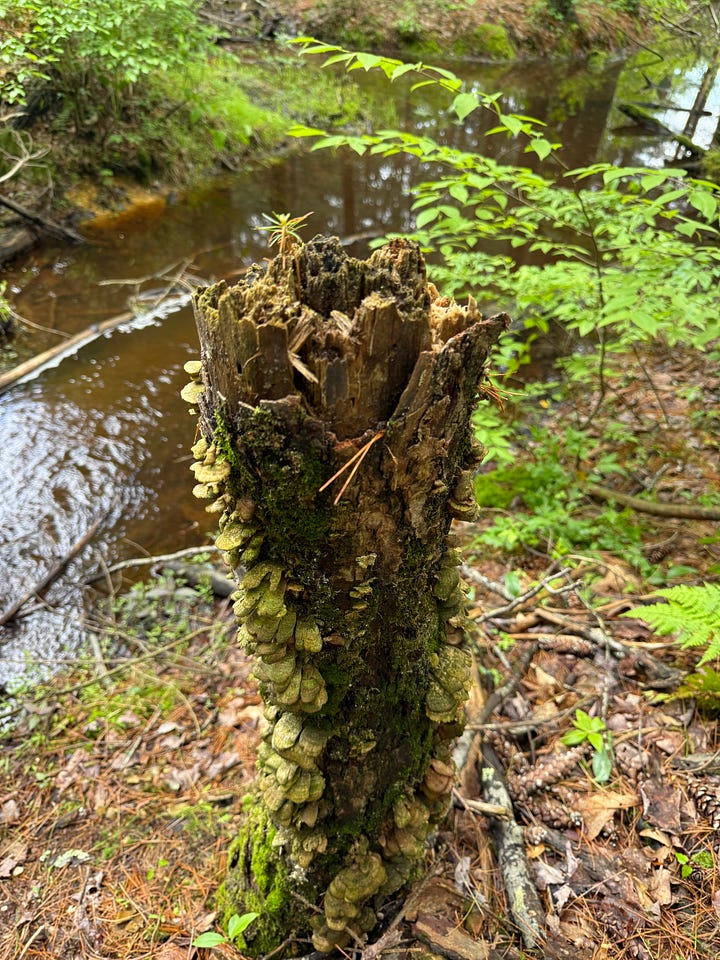

***This post is too long to view in email. Use this link to view at your leisure on my website. This post will be pinned to the top.****
Bren's Buzz | Cori Bren | Substack
Mosses and liverworts are ancient. Their 15,000 - 25,000 species have lived 450 million years located on every continent, in “every ecosystem habitable by plants that use sunlight for energy”. Of these, 580 species are known to inhabit Pennsylvania. Amazing! They use rhizoids, small hair like appendages (instead of roots) to attach themselves and exchange nutrients and moisture with their environment. One of their secrets to longevity is moisture, which they absorb and retain like a sponge. But, they can survive up to 19 years without water, while in dormancy. Those cheeky little miracle workers!

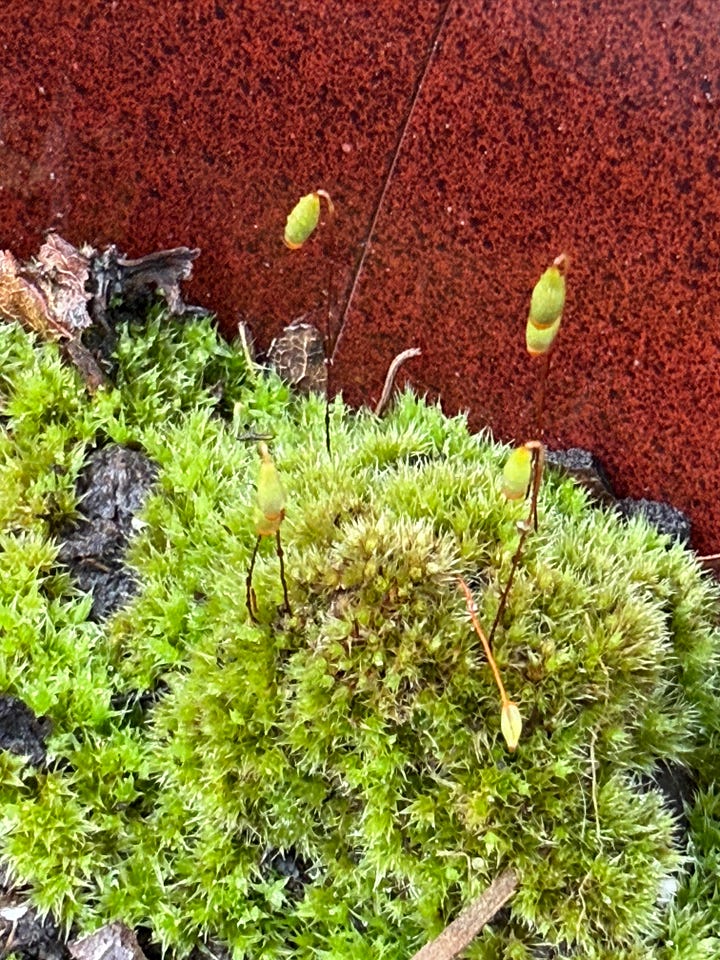
Mosses thrive in a range of temperatures - from -15ºC to around 40ºC, but some can withstand up to highs of 100ºC when dried out, and lows of -272ºC. Incredible. Poor, adventurous moss. It’s also a filthy colonizer, usually one of the first to propagate disrupted sites where they latch onto the soil and begin retaining moisture for new life. These lively little blankets also protect the temperature of their hosts, keeping cold zones cold and hot ones hot especially as a protective measure on tree roots and such. Some mosses are luminescent as well. But, the brightest feather in their cap is the host of insects who they support by sheltering them for living, egg laying, and hunting for food. Obviously, these emerald beauties aren’t just for cushioning the forest trail!
Can you recall the last time you stopped to inspect, smell, gently touch, and photograph a patch of moss? The time I spend inside the miracle of mossy habitats is a calm, soothing, spiritual restitution for real life ‘on the outside’. Who could resist the lure of this luxuriously velveteen elixir? Not I.
Walk with me through mosses mysterious forms. My fervent wish is that you’ll walk these shadowy paths in reality, respiring its verdant essence into your very being.
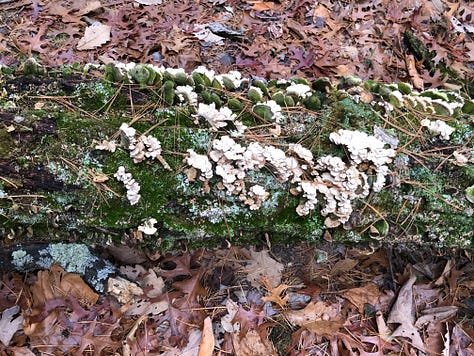


Did you know that hitting the ❤️ icon above or below, and sharing this post shows your appreciation for Bren’s Buzz?
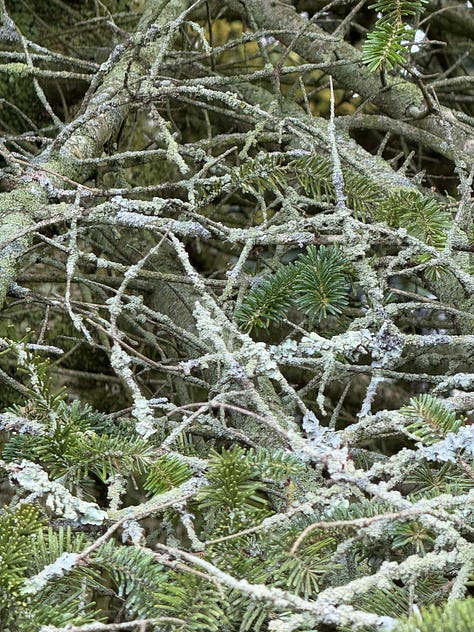
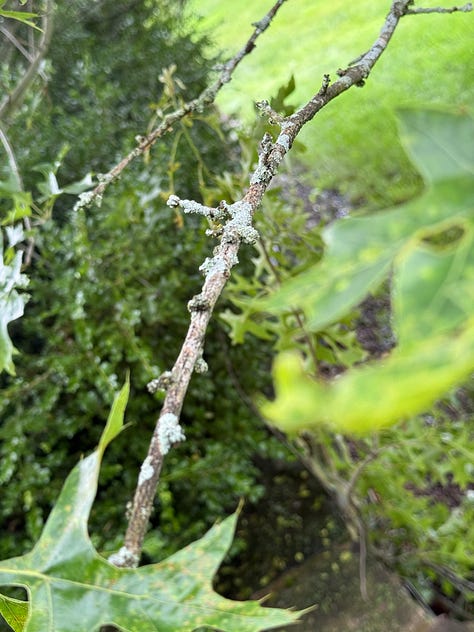
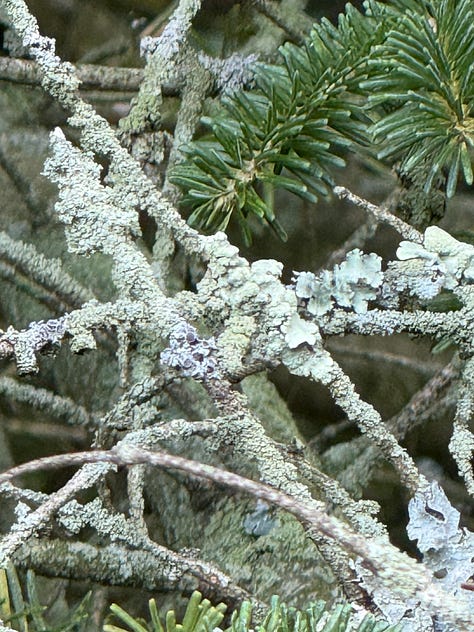
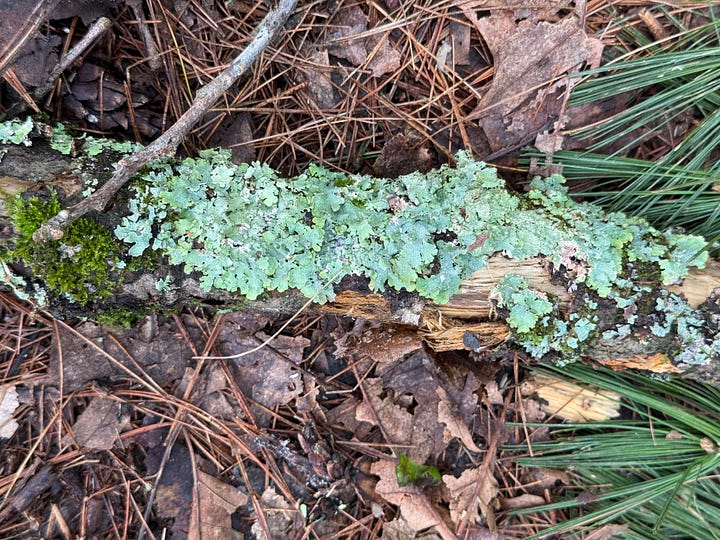
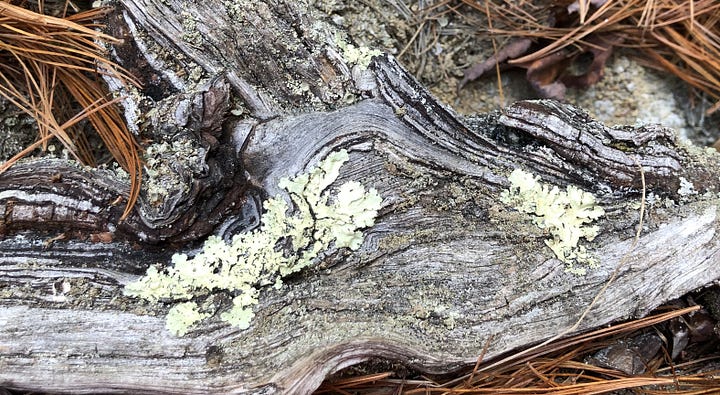
Someone you know LOVES 450 million year old gossip among other fun things, all for free at Bren’s Buzz.
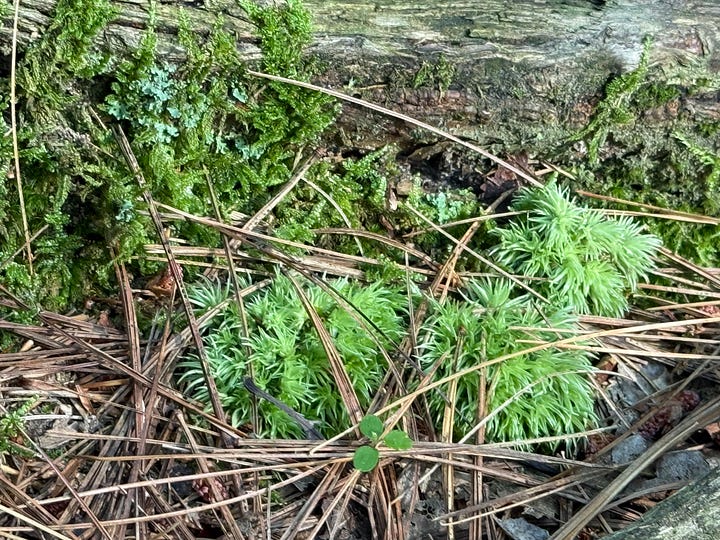
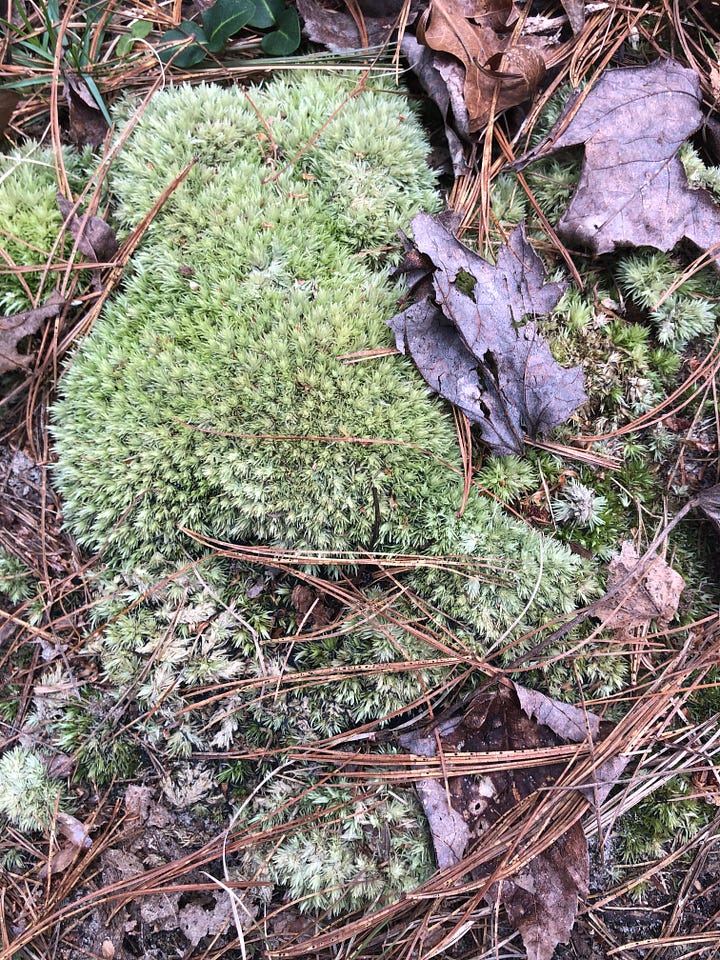


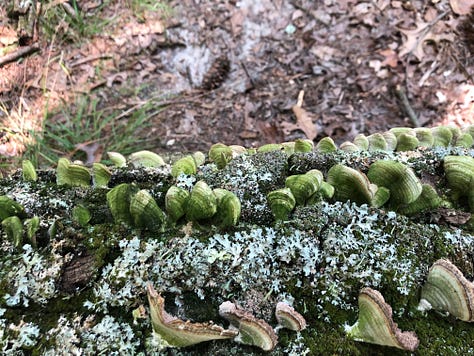

Don’t miss the greatest show on earth! This little button is how you earn custom rewards from my Cori’s Carnies custom referral awards program, when your friends subscribe from your shares.

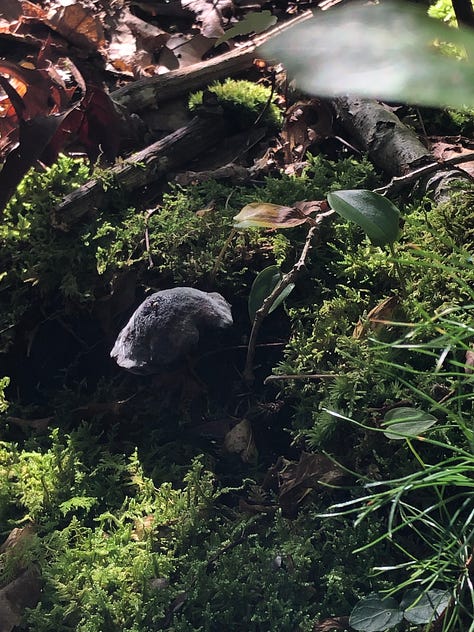
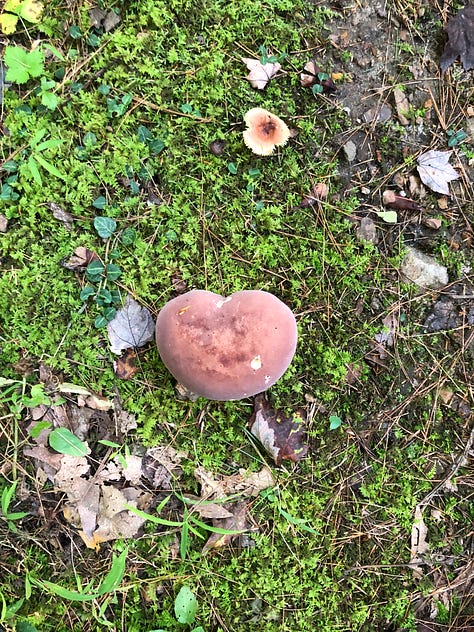
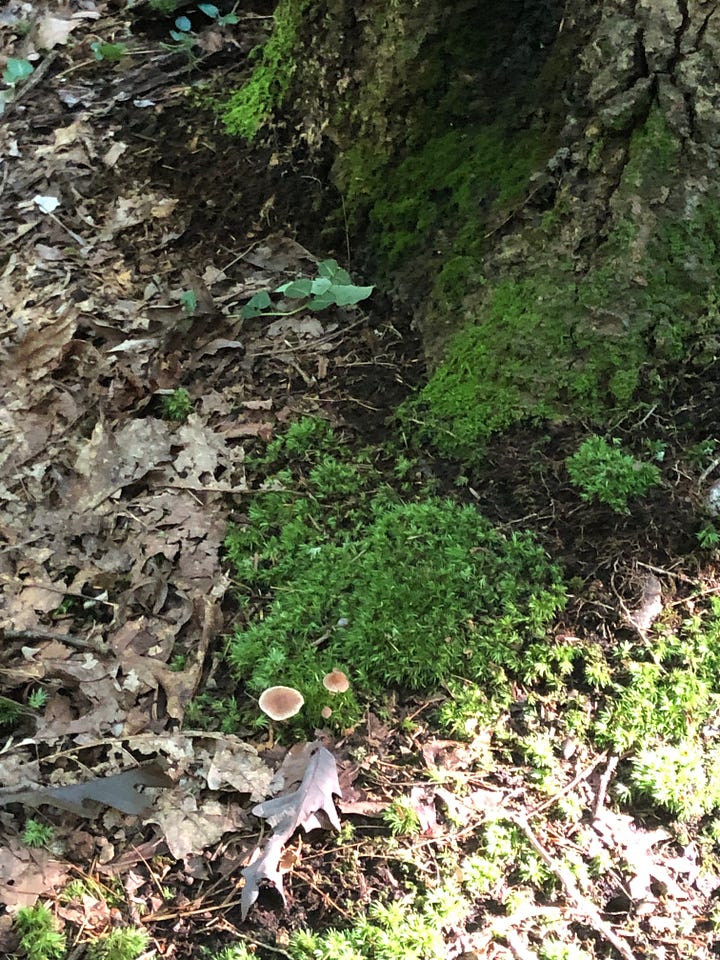
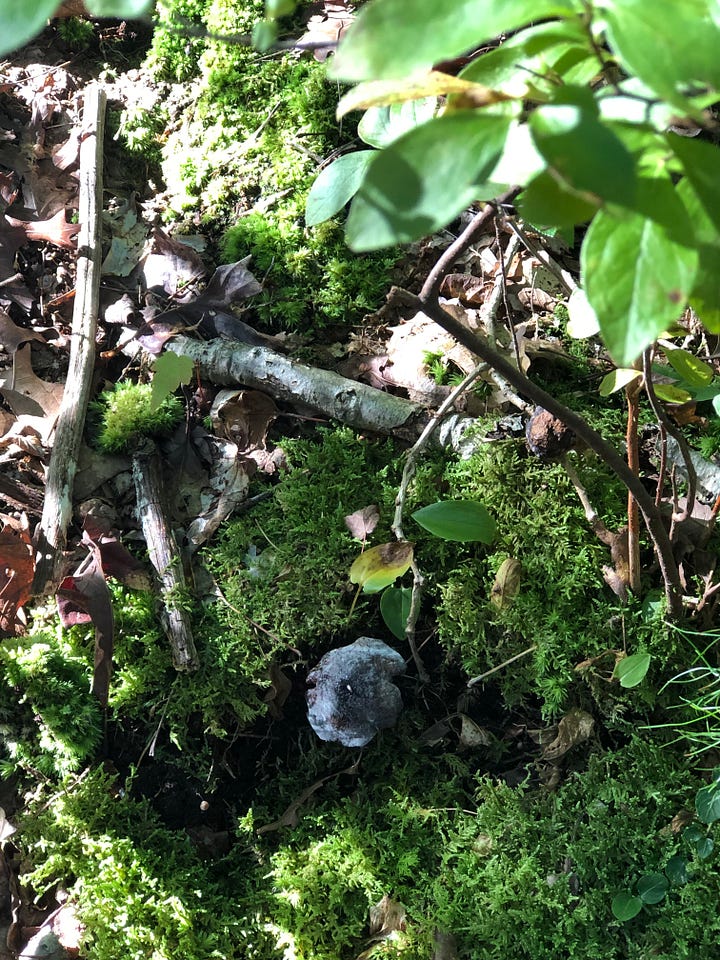
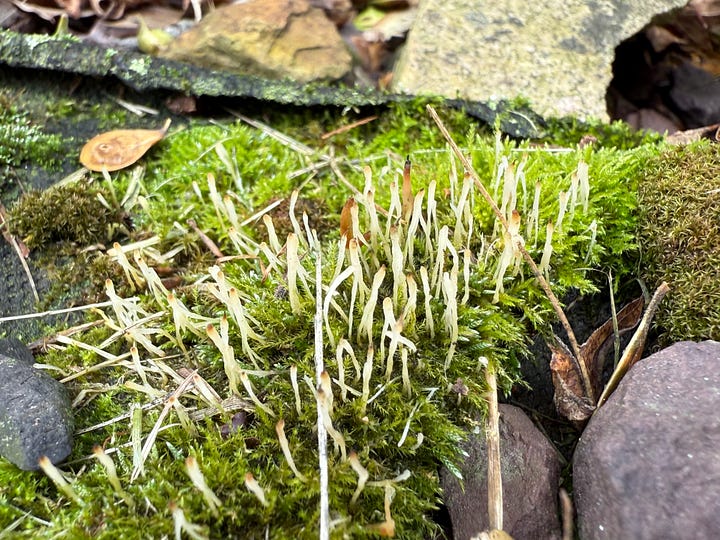
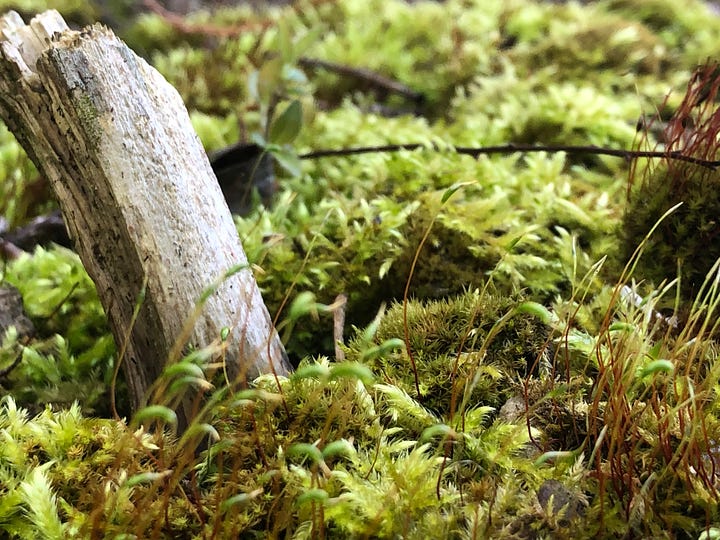
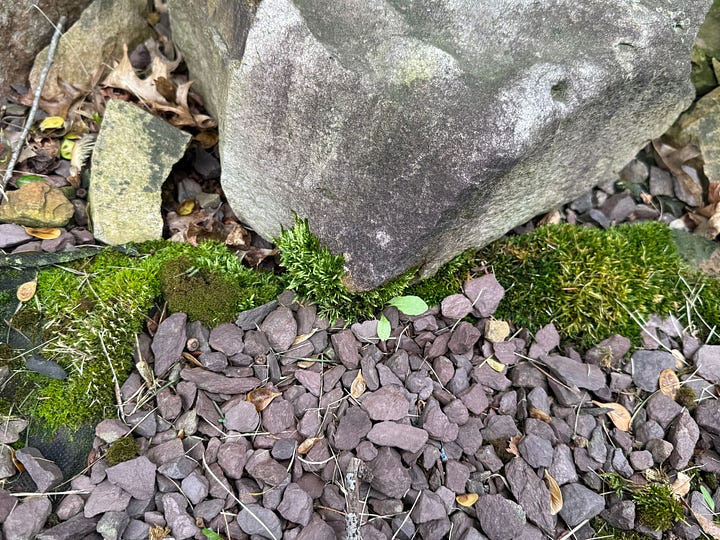
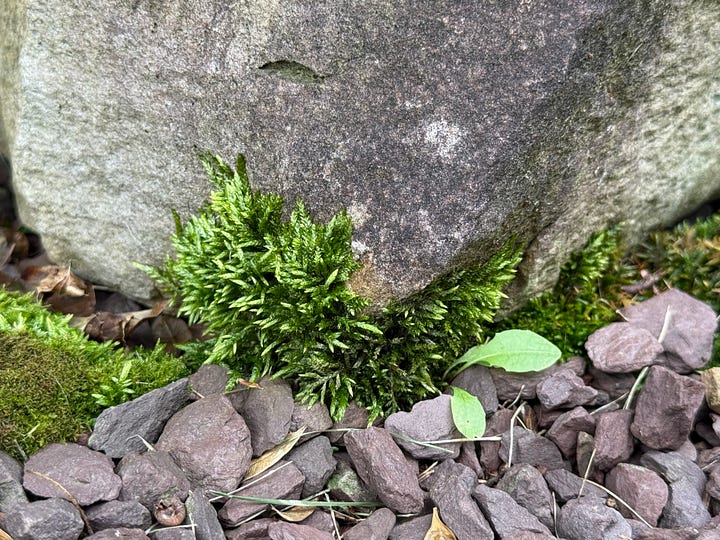

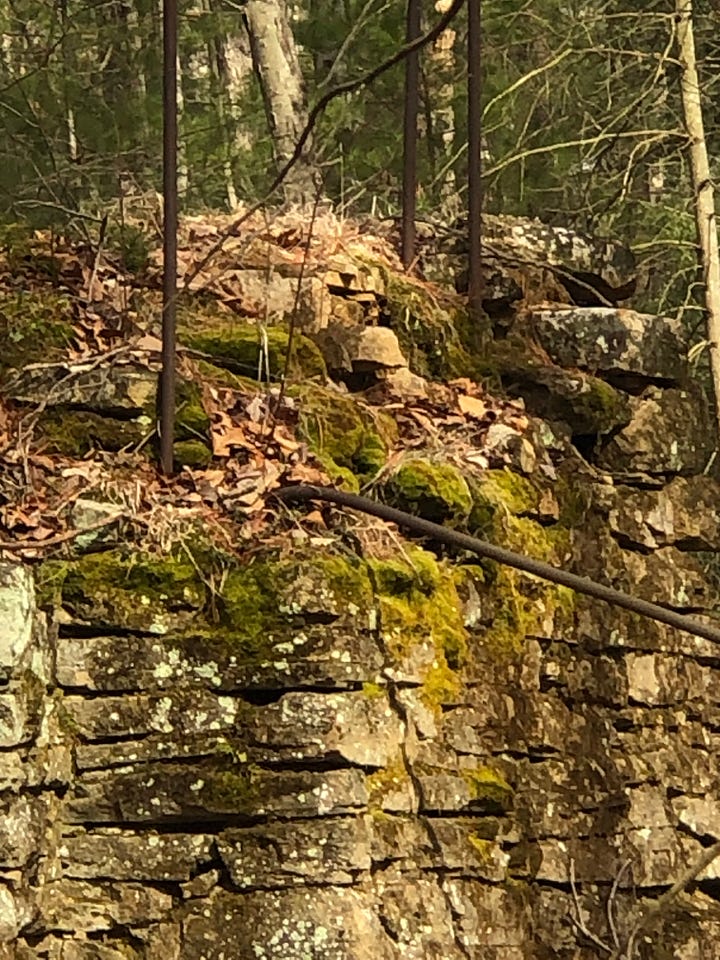
Moss is such a spongy subject. Dontcha wanna wring it out in the comments?
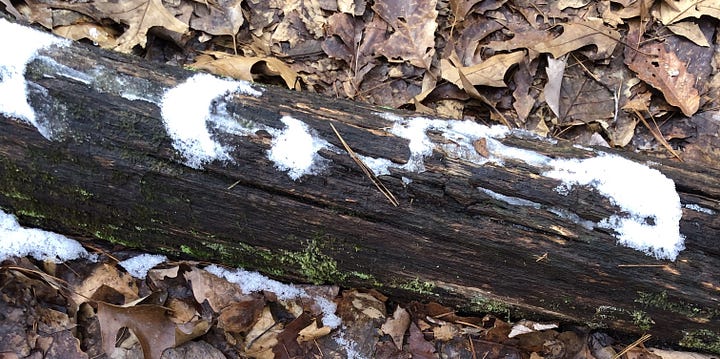
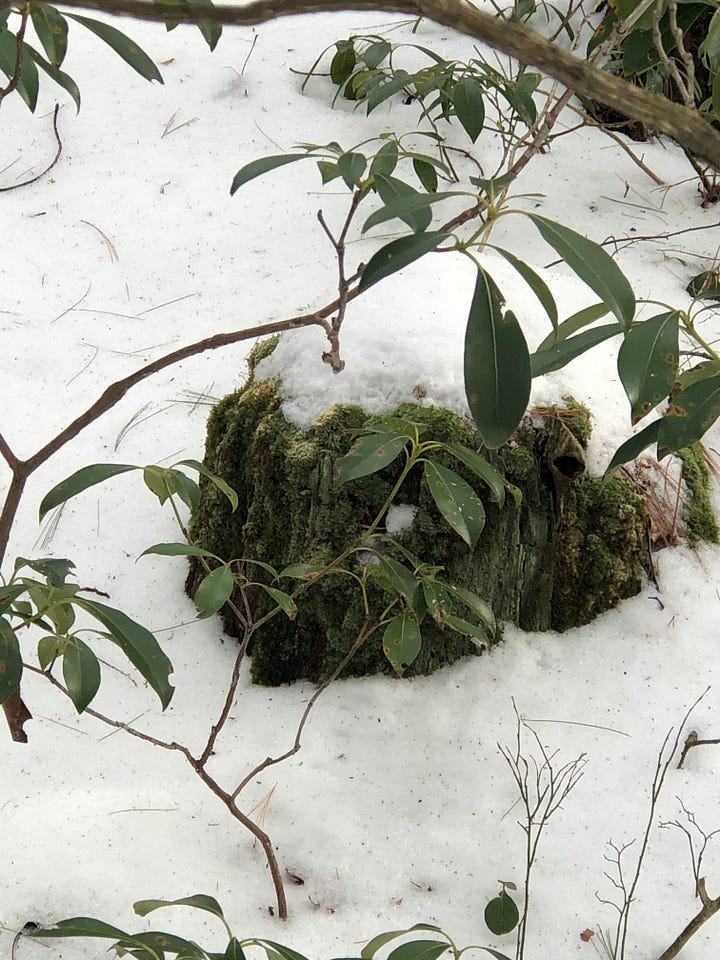


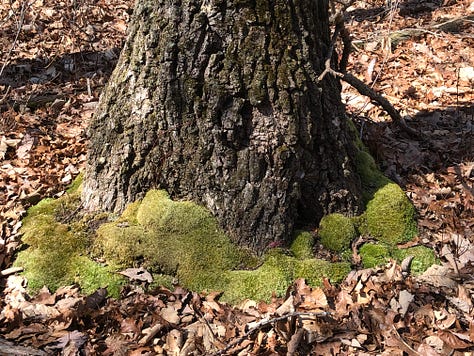
Research source: Kew Botanical Gardens
Here is the previous post in my latest multipart series about various biomes through which we hike. Coming soon is part 3 of this series - Phoenix Arizona desert hiking.
See the Nature tab on my website for nature odes, poems, and other ornery stories of our fun in the wilderness.
Beckoning
Our Maker clearly made nature part of the master plan for human happiness. The bounty of our skies, lands, waterways, and air are innumerable. A recent estimate puts this bounty at 8.7 million species of plants and animals alone. Only about 1.2 million of them have been formally described and catalogued. This does not include the sounds and smells of th…





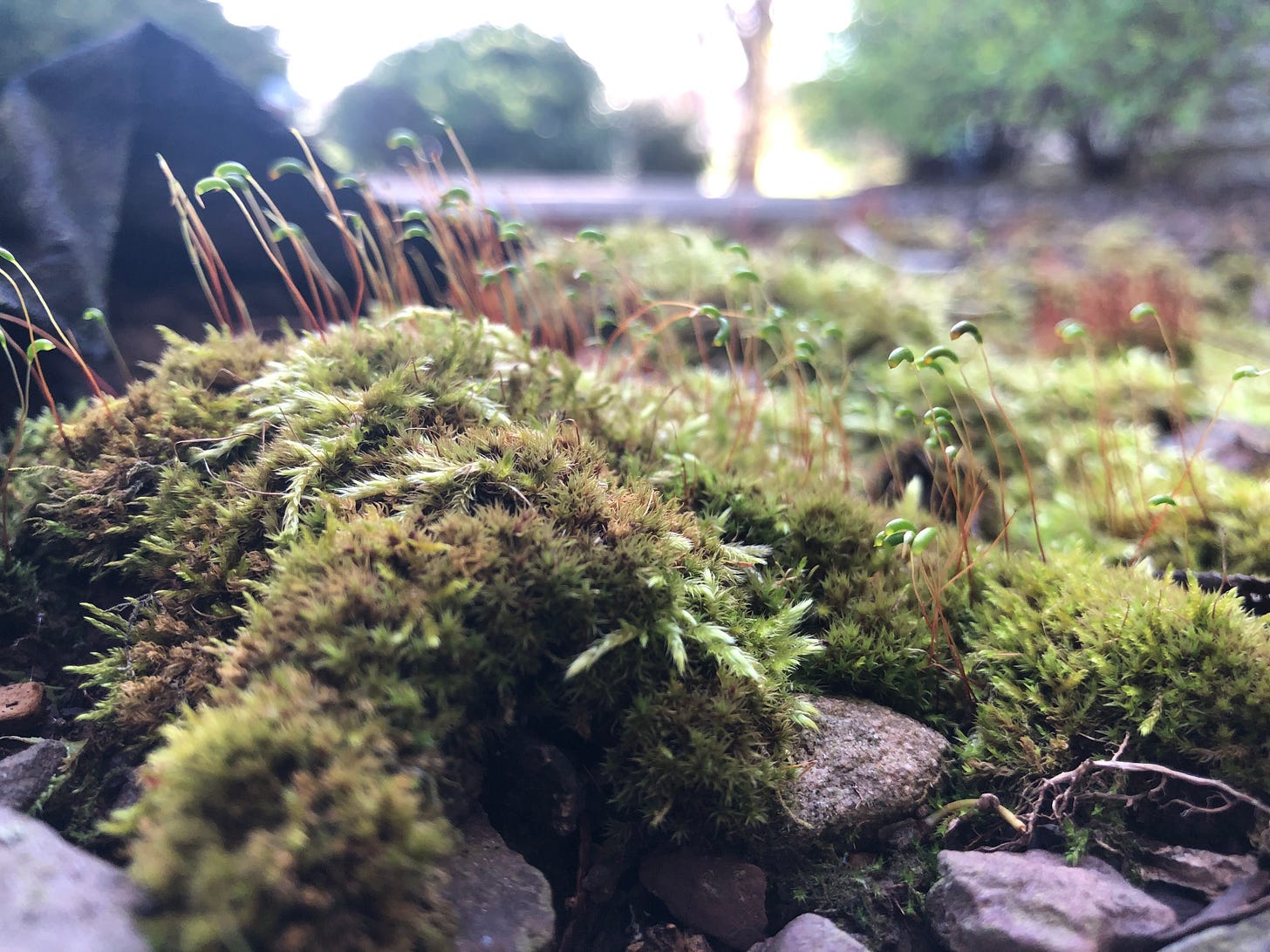





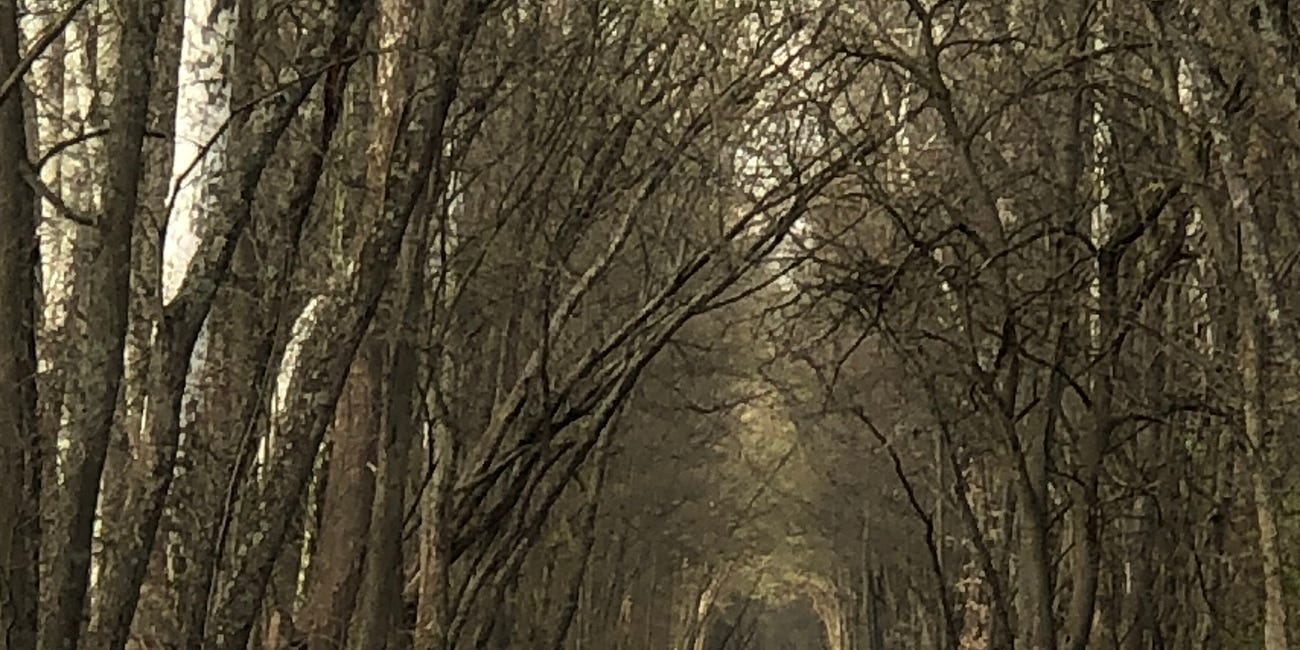
If you told people that they could smoke it, you would get more people interested in your moss collection
Incredible! I love moss, and took photos of beautiful soft colored moss and lichen on a big walk I did last November when I was well enough to walk. Thsnk you for this! I had no idea it could live 200 years .